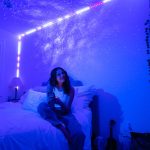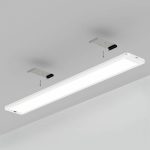Discover Your Best Look: The Impact of LED Light Color on Your Appearance
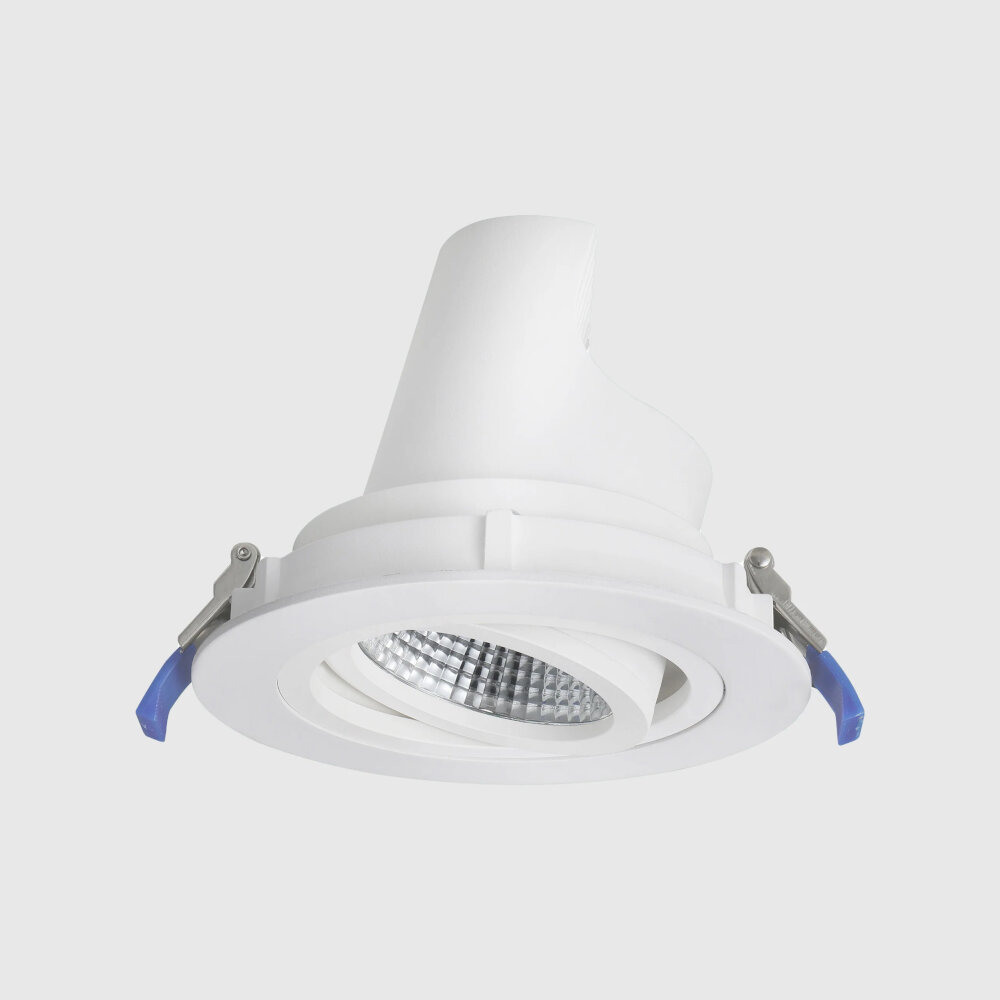
Are you tired of using different filters and editing apps to enhance your photos? Do you want to know the secret to achieving your best look without any digital alteration? Look no further than the impact of LED light color on your appearance. The world of lighting has evolved significantly in recent years, and LED lights have become the go-to option for various lighting applications. But did you know that the color temperature of LED lights can have a significant impact on your appearance? The right color temperature can enhance your features, brighten your complexion, and make you look more vibrant and youthful. In contrast, the wrong color temperature can make you look dull, tired, and unflattering. In this article, we will explore the impact of LED light color on your appearance and help you discover your best look.
Lighting plays a crucial role in enhancing or deteriorating one’s appearance. The color, intensity, and direction of light can significantly affect how one looks, making it essential to choose the right lighting for your needs. LED lights are becoming increasingly popular, and for good reason. They offer a range of colors that can highlight or soften features, and their brightness can create the illusion of flawless skin or reveal imperfections. Getting the right LED light color can bring out the best in your skin tone, eye color, and hair color, and even improve your mood. Whether you’re getting ready for a special occasion, taking a selfie, or doing your makeup, the importance of lighting in appearance cannot be overstated.
LED lights are a type of lighting technology that has made a significant impact on our daily lives. They are energy-efficient, long-lasting, and come in a variety of colors, making them a popular choice for both residential and commercial settings. When it comes to their impact on appearance, LED lights can make a significant difference. The color temperature of the light can affect the way we look, with warmer tones being more flattering to the skin and cooler tones emphasizing imperfections. By understanding how different colors of LED lights can affect our appearance, we can make informed decisions about how to use them in our homes and workplaces to create the most flattering and aesthetically pleasing environments.
Understanding LED Light Color
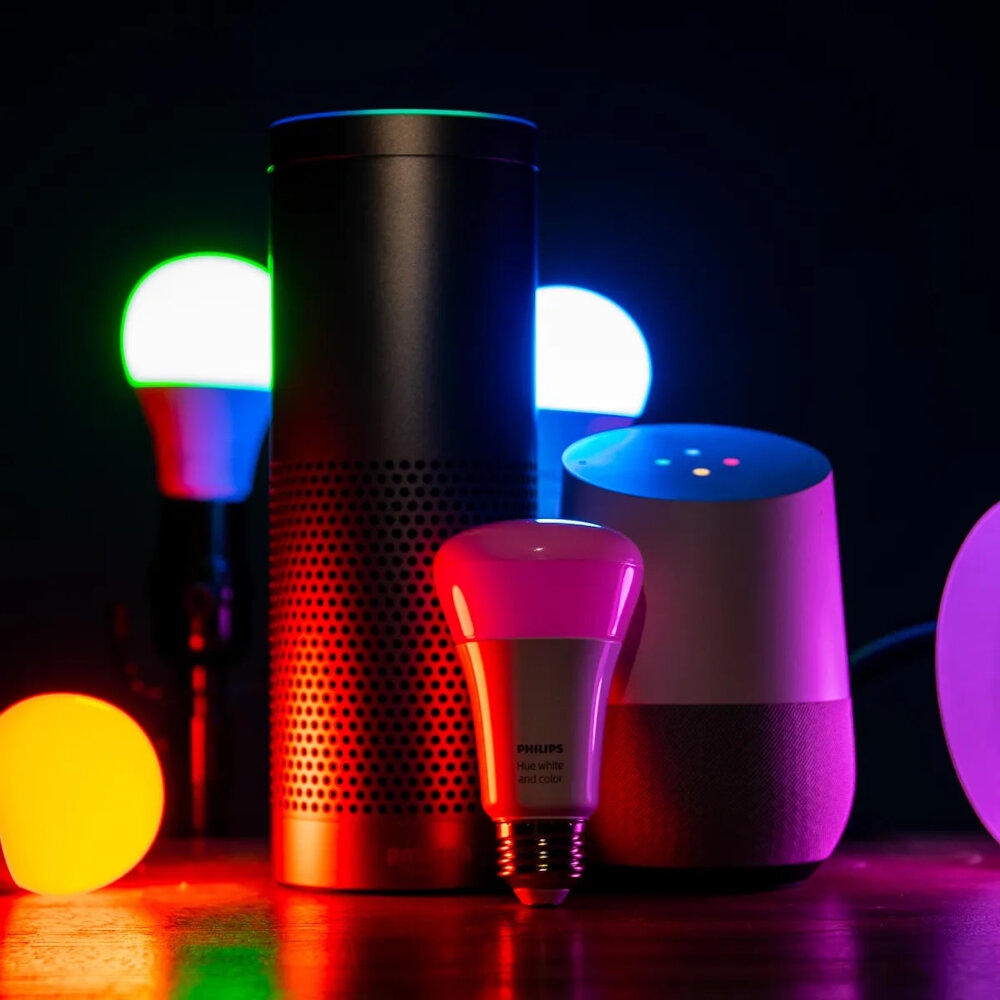
Understanding LED light color is crucial when it comes to creating the best environment for your appearance. LED lights are available in a variety of colors, ranging from warm to cool tones, and each color can affect your skin tone and overall appearance differently. Warm-toned LED lights, such as yellow and orange, have a soft and calming effect on the skin, making it appear smoother and more even. These lights are perfect for creating a relaxing atmosphere, but they can also make your skin appear dull and lifeless if used in excess. On the other hand, cool-toned LED lights, such as blue and green, have a brightening effect on the skin, making it appear more vibrant and fresh. These lights are perfect for creating a lively and energetic atmosphere, but they can also make your skin appear washed out and pale if used in excess. It’s important to find the right balance between warm and cool tones to create a flattering environment that enhances your appearance. By understanding the impact of LED light color on your appearance, you can choose the right lighting for your space and create the perfect atmosphere to look and feel your best.
The color temperature scale is a measurement of the color appearance of light. It is measured in Kelvin (K) and ranges from warm tones (reddish-yellow) to cool tones (blueish-white). The higher the Kelvin rating, the cooler the color temperature. This scale is important to consider when choosing lighting for your home or workplace, as it can dramatically affect the appearance of your surroundings and even your own appearance. For example, warm tones can make skin appear more vibrant and give a cozy feeling to a room, while cooler tones can make colors appear more vivid and create a more professional or sterile environment. It is important to choose the right color temperature based on the desired mood and the intended use of the space.
When it comes to LED light colors, warm and cool tones are the most common options. Warm LED lights tend to have a yellow or orange hue, which creates a cozy and inviting atmosphere. These lights are often used in living rooms, bedrooms, and dining rooms to create a relaxing ambiance. On the other hand, cool LED lights have a blue or white hue, which gives off a clean and modern vibe. These lights are commonly used in kitchens, bathrooms, and offices, as they provide a bright and energizing environment. Choosing between warm and cool LED light colors can have a significant impact on your overall appearance, as it can affect the way colors appear on your skin and clothes.
The color of LED lights can have a significant impact on how makeup looks on different skin tones. For instance, warm white LED lights can make the skin appear more yellowish, while cool white LED lights can make the skin appear more bluish. Additionally, blue LED lights can make the skin appear cooler and more translucent, while red LED lights can make the skin appear warmer and rosier. It is important to consider the color temperature of LED lights when applying makeup, as it can affect the overall appearance of the makeup and how it complements the skin tone. By choosing the right LED light color, individuals can enhance their natural beauty and achieve their desired look.
Choosing the Right LED Light Color for Your Needs
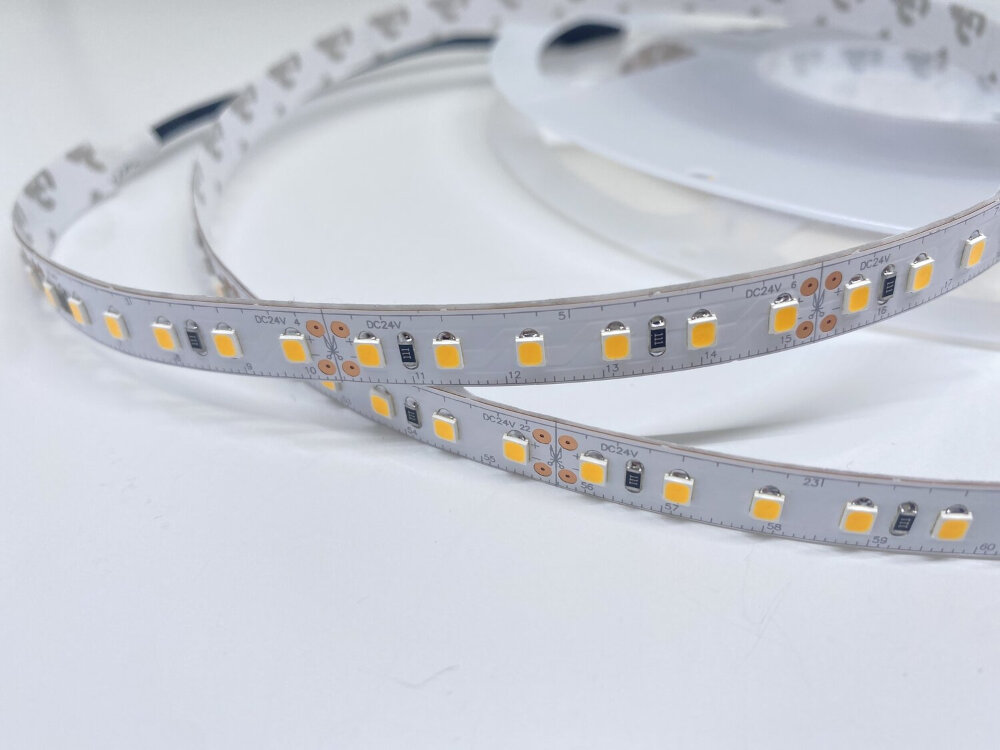
Choosing the right LED light color for your needs is an essential aspect of creating the perfect ambiance for your space. Different LED light colors have various effects on our mood, productivity, and overall well-being. Warm white LED lights, for instance, create a cozy and inviting atmosphere, ideal for bedrooms, living rooms, and dining areas. Cool white LED lights, on the other hand, offer a more energizing effect, making them perfect for home offices, workspaces, and kitchens. LED light colors also have an impact on our appearance. The wrong color temperature can make us look washed out, tired, or even unhealthy. For example, fluorescent lighting can often make people appear sickly and unappealing due to its blueish hue. Opting for a warmer LED light color can provide a better and more flattering representation of our skin tone. When choosing LED light colors, it’s essential to consider the intended use of the space and the desired impact on our appearance.
When it comes to selecting the best LED light color for different settings, there are a few key tips to keep in mind. First, consider the purpose of the space – if it’s a relaxing area like a bedroom or living room, warmer tones like soft white or warm white are ideal. For task-oriented areas like a kitchen or workspace, cooler tones like daylight or cool white are better suited. Additionally, think about the colors in the room – warmer colors like reds and yellows may look better under warmer tones, while cooler colors like blues and greens may benefit from cooler tones. Finally, don’t be afraid to experiment with different colors and intensities to find the perfect match for your space and personal preferences.
When it comes to lighting needs, there are a few key suggestions to keep in mind for your home, office, and outdoor spaces. For your home, consider incorporating warm LED lights in the living room and bedroom for a cozy and inviting atmosphere. In the kitchen and bathroom, opt for bright white LED lights for better visibility when cooking or getting ready in the morning. For the office, choose cooler LED lights to promote productivity and focus. When it comes to outdoor lighting, think about using LED lights with motion sensors for added security, and warm LED lights for a relaxing ambiance on your patio or deck. Overall, the right LED lighting can make a significant impact on your mood and appearance, so it’s essential to choose the right colors and brightness levels for each space.
The color of LED lights can have a significant impact on both mood and productivity. Blue-toned lights have been shown to increase alertness and focus, making them a good choice for workplaces or study areas. However, too much blue light can also disrupt sleep patterns and cause eye strain. Warm-toned lights, on the other hand, can create a calming and relaxing atmosphere, making them ideal for bedrooms or living spaces. Additionally, they can enhance skin tones and create a flattering and welcoming environment. It is important to consider the purpose of the room and the desired mood before selecting LED light colors to ensure the most optimal and beneficial lighting for the space.
The Science Behind LED Light Color and Appearance
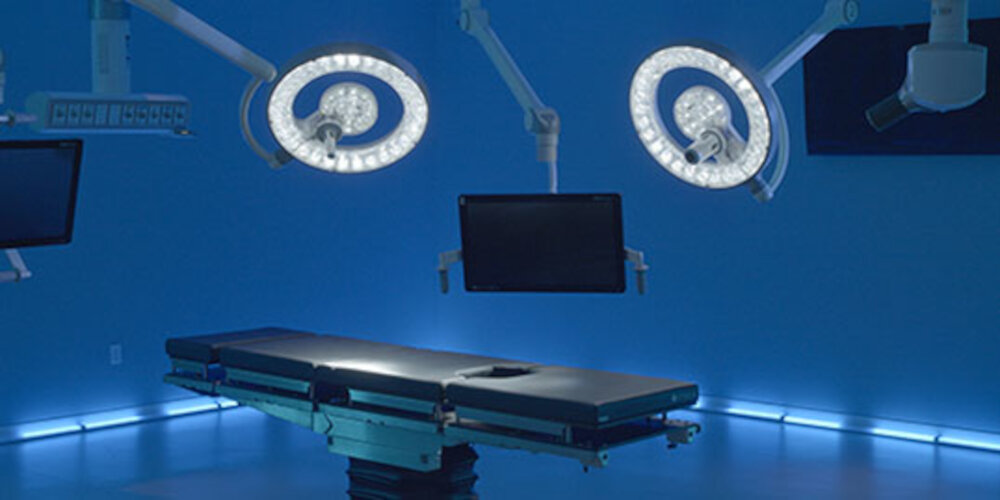
LED lights have become increasingly popular in recent years, not only for their energy efficiency but also for their versatility in terms of color and appearance. The colors of LED lights are created by varying the amount and type of semiconductor materials used in their construction. Each semiconductor material emits a different wavelength of light, which corresponds to a different color in the visible light spectrum. By combining different types and amounts of semiconductor materials, a wide range of colors can be produced, from warm yellow tones to cool blues and greens. The color temperature of LED lights also plays a crucial role in how they affect our appearance. Color temperature is measured in Kelvin (K) and refers to the warmth or coolness of light. Lower Kelvin temperatures (below 3000K) produce warm, yellowish tones that are similar to traditional incandescent bulbs. Higher Kelvin temperatures (above 5000K) produce cooler, bluish tones that are often used in offices and commercial spaces. The color temperature of LED lights can have a significant impact on our appearance, as it can affect the way our skin tone and clothing colors appear in different lighting conditions. Understanding the science behind LED light color and appearance can help us choose the best lighting for our homes, offices, and personal grooming routines.
The impact of LED light color on appearance has been a topic of research for several years. Studies have shown that different light colors have varying effects on the way individuals look. For instance, cool white LED lights have been found to enhance the appearance of cool-toned skin, while warm white LED lights are more flattering for warm-toned skin. Additionally, LED lights with a high color rendering index (CRI) have been shown to accurately represent colors and improve the overall appearance of individuals. Furthermore, LED lights with a blue tint have been linked to a more youthful appearance, while those with a yellow tint have been associated with an aged appearance. Overall, understanding the impact of LED light color on appearance can help individuals make informed decisions when it comes to lighting choices for their homes, workplaces, and personal grooming.
The psychological effects of different LED light colors can have a significant impact on one’s mood, emotions, and overall well-being. For instance, warm colors like yellow, orange, and red are known to create a cozy and inviting atmosphere, making them ideal for bedrooms, living rooms, and dining areas. On the other hand, cool colors such as blue, green, and white are associated with calmness, relaxation, and focus, making them perfect for offices, schools, and healthcare facilities. Moreover, the color temperature of LED lights can affect the circadian rhythm, influencing sleep patterns and energy levels. Therefore, choosing the right LED light color can not only enhance your appearance but also improve your mental and physical health.
The role of LED light color in photography and videography cannot be overstated. The color of the light source has a profound impact on the appearance of the subject. Warm light, such as that produced by incandescent bulbs, tends to create a cozy, welcoming atmosphere, but it can also make skin tones appear yellow or orange. On the other hand, cool light, such as that produced by LED bulbs, creates a crisp and refreshing atmosphere, but it can also make skin tones appear blue or green. The key is to understand how different light sources affect the appearance of your subject and to choose the right color temperature for the desired effect. By experimenting with different LED light colors, photographers and videographers can create stunning and memorable visuals that capture the essence of their subject.
The importance of LED light color in appearance cannot be overstated. Different light colors can drastically alter the way we look, making us appear either washed out or vibrant depending on the hue. For example, cooler light colors tend to highlight imperfections and make our skin appear dull, while warmer light colors can enhance our complexion and give us a healthy glow. Understanding the impact of LED light color on our appearance is crucial for achieving the best look possible, whether it be for applying makeup or simply wanting to look our best in any setting. By taking the time to consider the effect of LED light color, we can better control our appearance and present ourselves in the most flattering way.
In conclusion, the impact of LED light color on your appearance is undeniable. By understanding the different color temperatures and their effects on your skin tone and overall complexion, you can enhance your look and bring out the best in yourself. Whether you’re applying makeup, taking a selfie, or simply trying to look your best, paying attention to the lighting can make all the difference. Experimenting with various LED light colors and finding the ones that work best for you can be a fun and creative way to express your personal style and boost your confidence. So next time you’re getting ready, remember to consider the lighting and let it work in your favor!
Are you tired of always looking the same in photos no matter how many filters you use? It might be time to consider the impact of LED light color on your appearance. Different colors create different moods and can enhance or detract from your natural features. So why not experiment with various LED light colors to find the perfect one for you? Try warm colors like orange or yellow for a flattering glow or cool colors like blue or green for a more dramatic effect. Take some selfies in different lighting and compare the results to find your best look. Don’t forget to share your experiences with others and let them in on the secret to looking your best in any lighting.
Conclusion
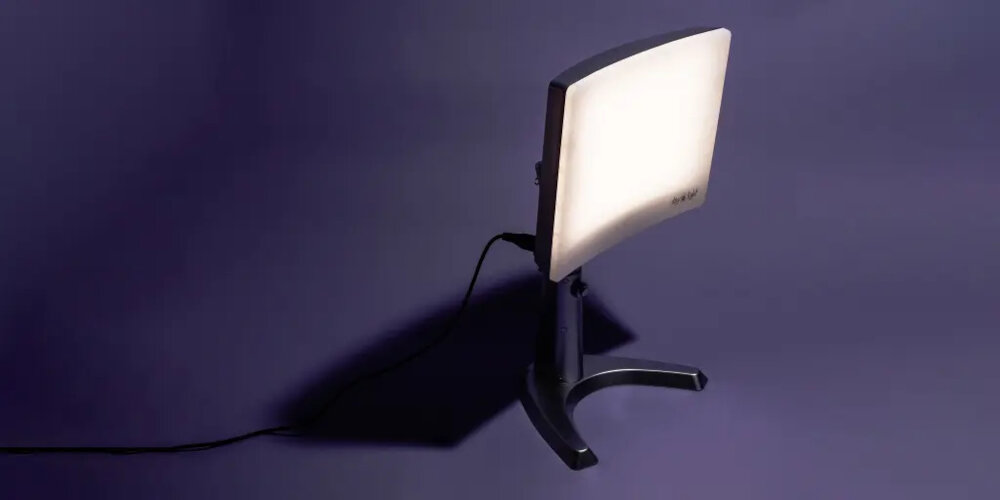
In conclusion, the impact of LED light color on one’s appearance cannot be understated. The right light color can enhance natural beauty, while the wrong choice can leave one looking tired and washed out. The use of warm tones can create a welcoming and inviting atmosphere, while cool tones can add an air of professionalism and sophistication. It is important to consider the intended use of the space and the desired effect before selecting a LED light color. By taking the time to discover your best look, you can create a space that not only looks great but also makes you feel great. So, let the power of LED lighting transform your appearance and elevate your space to new heights.

